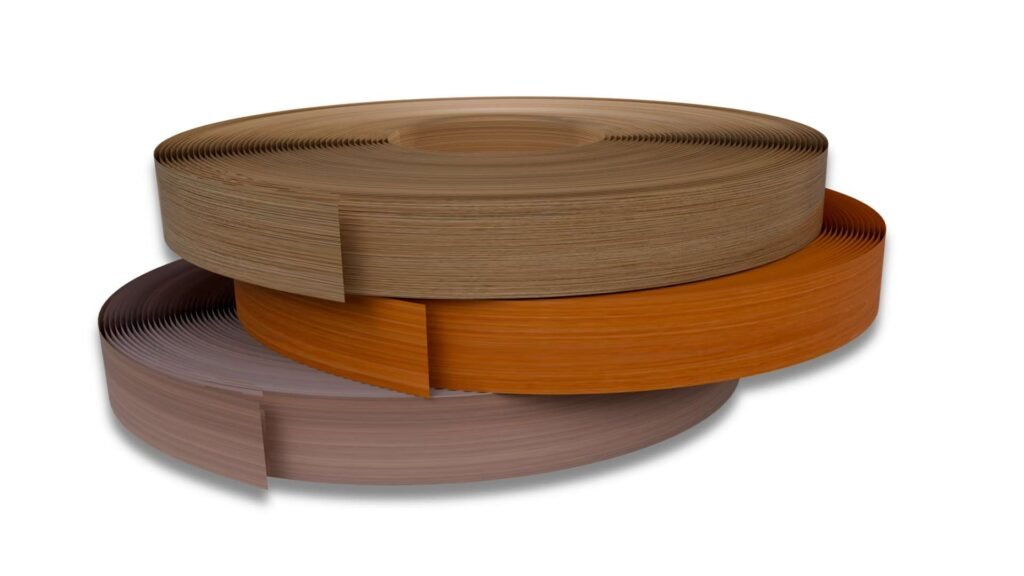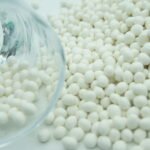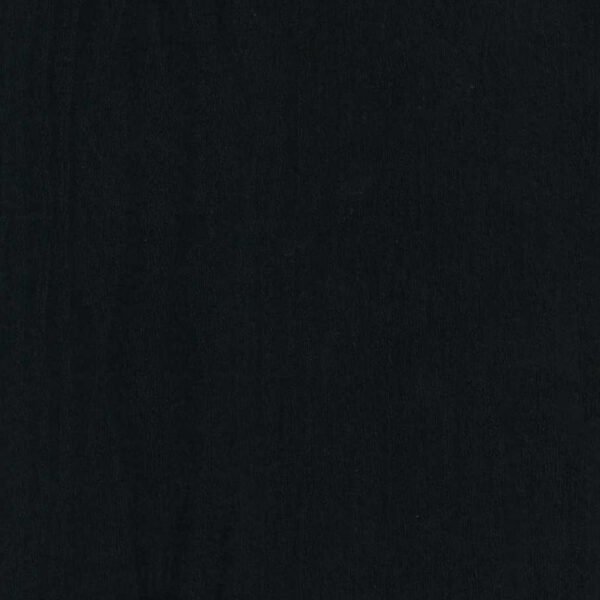How to do PVC edgebanding on plywood?
PVC Edgebanding is a process that is vital in the furniture and cabinet industry, mainly for aesthetic and functional purposes. It involves applying a thin material called edgebanding to the edge of a sheet or plywood to cover the exposed edge and provide a finished look. There are many different types of edgebanding materials, and common choices include PVC (polyvinyl chloride), ABS (acrylonitrile butadiene styrene), veneer, melamine, and acrylic.
Advantages of PVC edgebanding
PVC edgebanding is a popular synthetic choice known for its durability and versatility. It is available in a variety of colors, patterns, and finishes, making it suitable for a wide range of application scenarios.
How to do PVC edgebanding on plywood?
- Is it necessary to sand before edgebanding?
Sanding the edges of plywood is an important step before PVC edgebanding. Sanding can remove burrs and uneven parts of the edge, ensuring that the edgebanding can adhere better. Use fine sandpaper of about 180 grit to lightly sand the edges. This step will help the edgebanding adhere better and provide a more even finish.
- How to get a nice edge on plywood?
The key to getting a nice edge on plywood lies in proper preparation and application techniques. Here are some steps:
- Sanding: As mentioned before, sand the edges of the plywood to remove any rough spots and create a smooth surface.
- Seal: Seal the edges with PVA glue to prevent moisture absorption.
- Edgebanding application: Use the proper method to apply the edgebanding. Make sure the edgebanding is properly aligned and apply even pressure during the adhesion process.
- Trimming and sanding: After applying the edgebanding, use a sharp utility knife or trimming tool to trim any excess material. Lightly sand the edges of the edgebanding so that it blends seamlessly with the surface of the plywood.
- Final touch-ups: Use fine sandpaper to sand any rough areas, then wipe the surface with a damp cloth to remove any dust or residue.

- How do I join the edges of two pieces of plywood?
When joining the edges of plywood, there are a variety of methods you can use, depending on the tools and materials you have. Here are some common methods for joining plywood edges:
- Edgebanding: Applying PVC edgebanding to the edges of plywood sheets before joining them together helps create a seamless look. This method not only protects the edges but also provides a smooth surface for joining.
- Edge molding: Use an edge molding tool to create matching profiles on the edges of plywood sheets. This ensures that the edges fit together perfectly, reducing visible gaps.
- Glue and clamps: Apply strong wood glue to the edges and use clamps to hold the sheets together until the glue dries. Make sure the edges are properly aligned and wipe off any excess glue immediately to avoid leaving any visible residue.
- Sanding: After the glue has dried, sand the joint area to remove any roughness and ensure a smooth, seamless finish.
- How do I attach solid wood PVC edgebanding to plywood?
When attaching wood edge banding to plywood, you can use the following methods:
Glue bonding: Apply a thin layer of strong wood glue to the edge of the plywood and press the wood edge banding firmly onto the edge. Use clamps or tape to hold the edge banding in place until the glue is completely dry.
Nails or screws: In some cases, wood edge banding can be attached to the plywood using small nails or screws. This method is particularly useful for applications that require extra strength.
- What is the thickness of plywood edge banding?
The thickness of plywood edge banding can vary depending on the material and specific product you choose. Typically, edge banding thicknesses range from 0.4 mm to 3 mm. The most common thicknesses are 0.8 mm and 1 mm. These thicknesses provide a good balance between durability and a seamless appearance.
- Is the edge banding durable?
Edge banding has good durability and is able to withstand the wear and impact of daily use. High-quality edge banding is made of environmentally friendly PVC material, which is moisture-proof, waterproof and UV-resistant, suitable for use in a variety of environments.

- What tools are needed for edge banding?
When performing edge banding, you may need the following tools:
- Hot melt glue gun: used to apply hot melt glue to ensure that the edge banding is firmly adhered.
- Heat gun or iron: used to activate the adhesive of heat-activated edge banding.
- Edge banding machine: For large projects or professional use, edge banding machines are the best choice.
- Sandpaper or sanding tools: used to sand the plywood edges and edge banding to ensure a smooth finish.
- Trimming tools: used to trim excess edge banding to ensure neat edges.
- Roller or clean cloth: used to apply even pressure on the edge banding to ensure a firm adhesion.
- How to seal the edges of plywood?
Sealing the edges of plywood is an important step to prevent moisture absorption, especially if the furniture will be exposed to a humid environment. Here are some ways to seal the edges of plywood:
PVA glue: Use PVA glue to seal the edges to prevent moisture absorption. Apply a thin layer of glue to the edges and allow it to dry completely.
Specialized edge sealing products: Specialized edge sealing products are also available on the market. These products are usually more water-resistant and can provide additional protection.
- How to treat the edges of thin plywood?
When treating the edges of thin plywood, you need to be extra careful to avoid damaging the board. Here are some ways to treat the edges of thin plywood:
- Gently sand: Use fine sandpaper to lightly sand the edges and avoid excessive pressure.
- Use thin edge banding: Choose thin edge banding suitable for thin plywood to ensure better adhesion and finish.
- Apply carefully: When applying the edge banding, make sure to apply pressure evenly and avoid applying too much pressure to thin plywood.
- Two Ways to Finish Plywood Edges
There are many ways to finish plywood edges, but here are two of the most common methods:
- Edgebanding: Using edgebanding is the most common way to finish plywood edges. Edgebanding not only provides a nice-looking edge, but it also protects the sheet from wear and moisture.
- Edge molding: Use an edge molding tool to create a matching profile on the edge of the plywood sheet. This ensures that the edges of the sheets fit together perfectly, reducing visible gaps.
- How to Apply Edgebanding to Cabinets?
When applying PVC edgebanding to cabinets, you can use the following steps:
- Prepare the cabinet edges: First, sand the cabinet edges to remove any rough spots and create a smooth surface.
- Choose the Right Edgebanding: Choose the right edgebanding based on the color and texture of your cabinets. PVC edgebanding is a popular choice because it comes in a variety of colors and textures.
- Apply Edgebanding: Use a hot glue gun or edgebander to firmly adhere the edgebanding to the cabinet edges. Make sure the edgebanding is properly aligned and apply even pressure during the adhesion process.
- Trimming and Sanding: After applying the edge banding, use a sharp utility knife or trimming tool to trim the excess material. Lightly sand the edge of the edge banding so that it blends seamlessly with the cabinet surface.
Contact Us
- Email: emily.gu@asiaedgebanding.com
- Tel: +86-15618525178
We look forward to your consultation and provide you with the best quality products and services
























Leave a Reply